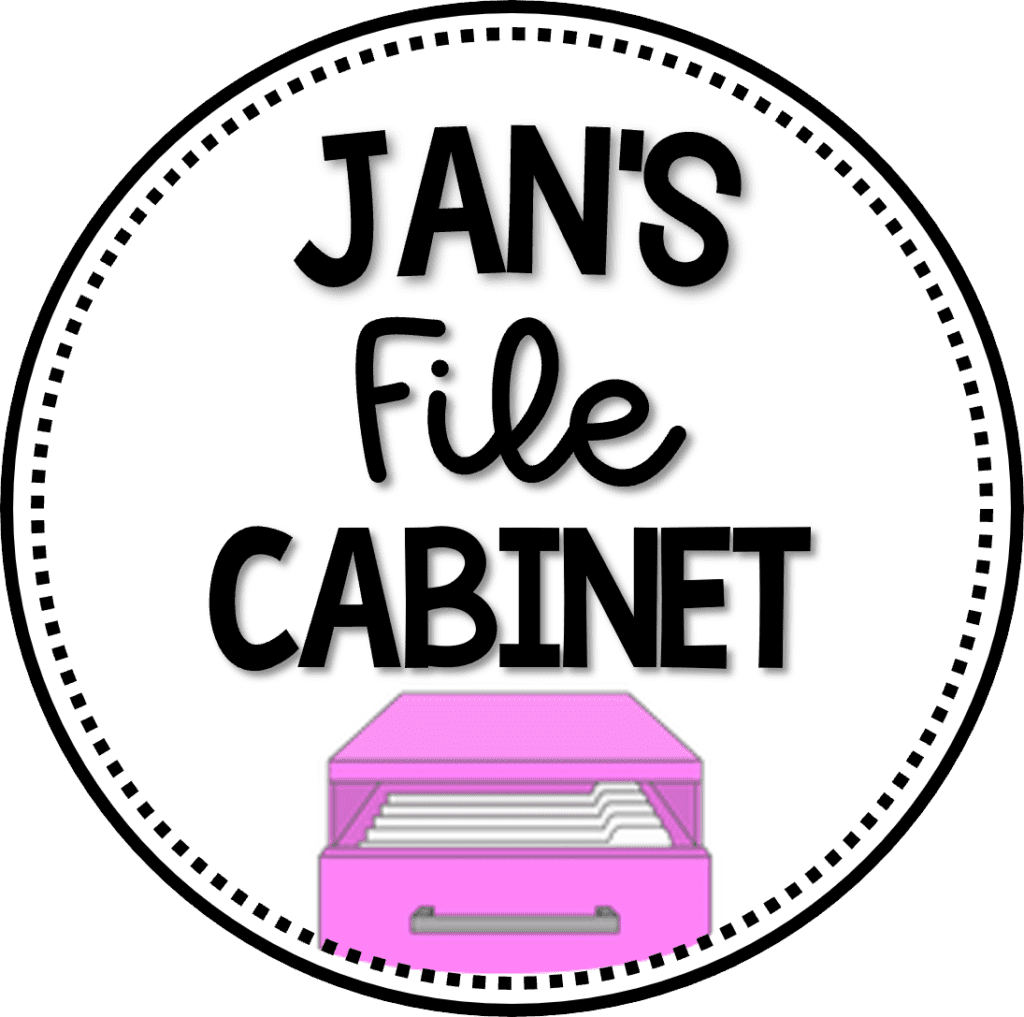When teaching students how to write paragraphs with text evidence, writing with a structured format can help! Acronyms such as RACES or TIQAC can provide the structure students need to be successful.
As a language arts teacher, you understand the challenges that upper intermediate and middle school students face when it comes to writing. Many students struggle to organize their ideas effectively and can feel overwhelmed by the writing process.
By the time they hit the intermediate level, students are expected to write complete paragraphs that include text evidence. By middle school, they are expected to write solid 5-paragraph essays with multiple pieces of evidence.
Students can feel overwhelmed when asked to cite text evidence in their writing if they haven’t had much practice. However, there is a solution that can help your students overcome these challenges – writing with a structured format.
Table of Contents
ToggleWhat are the benefits of writing with a structured format?
Students who utilize a structured format organize their responses with graphic organizers an acronym such as RACES or TIQAC.
These supports guide writers so they know what needs to be included in their paragraphs. It also helps them arrange their sentences in a logical order so their message is clear and understandable to their readers.
Writing with a structured format has several benefits:
- It provides a clear structure to follow.
- It helps writers organize their thoughts.
- It can reduce stress and overwhelm.
- It helps build confidence in young writers.
Ultimately, structured writing helps students improve their independent writing.

What are some common writing formats?
RACES and TIQAC are two formats that are commonly used to write paragraphs with text evidence.
Both formats require writers to include the same information but use different wording to guide them. Presenting both methods would be confusing, so choose the one you think will work best for your students when writing with a structured format.
RACES Writing Acronym
The RACES format can be used for explanatory, opinion, and argumentative writing. This acronym stands for:
Restate the prompt
Answer the prompt
Cite evidence from the text
Explain the evidence
Sum it up
What I like about the RACES format is that the wording seems easier for younger students to understand. Also, the text evidence and its citation are both included in the “C.”

TIQAC Writing Acronym
The TIQAC format can also be used for all three types of writing, and the acronym stands for:
Topic Sentence
Introduce the Quote
Quote the Evidence
Analyze the Quote
Closing Sentence
What I like about the TIQAC format is that the topic sentence isn’t broken into two parts like it is with the RACES format. It also utilizes wording that is helpful to older students as they prepare for high school.
What are the steps of teaching writing with a structured format?
While there are many ways to teach students how to write, I typically plan my lessons using the gradual release method: I do, we do, you do.
The gradual release method works for all grade levels, and you can adjust each step to meet your students’ needs: model it, do it together, and have them try it on their own.
Students will have an easier time supporting their claims if they can explain them, so it’s best to start with explanatory writing and then move to persuasive.
So where do I begin teaching writing with a structured format?
- Define the writing style and present the characteristics of the style.
- Read and analyze samples of the writing style together. Point out various parts/structures of the sample pieces.
- Provide students with a passage and a prompt that asks them to respond with text evidence.
- Model how to analyze a prompt, locate evidence in the text, and use a graphic organizer to make an outline that answers the prompt.
- Practice together with a variety of passages and prompts.
- Have students try it on their own and provide guidance as needed.

What if I don’t have time to create resources to teach this way?
So what if you want to try teaching your students how to write with a structured format but lack time to create all the necessary materials? That’s where I come in.
I have no-prep digital resources for RACES and TIQAC, and both of them incorporate all the above steps:
RACES Writing Strategy Practice with Reading Passages on Google Slides (grades 6-8)
TIQAC Writing Strategy Practice with Reading Passages on Google Slides (grades 6-8)
These resources include 10 short passages with text-dependent writing prompts. (They have the same passages and prompts, so I do not recommend purchasing them both.)
Graphic organizers are built right into the slideshows. Hints and reminders that guide students through each step are included in the margins of the slides. Sample responses that can be used for modeling or analysis are also included.
In addition, both resources include an introductory slideshow to help students understand the format and a printable reference packet with explanations and examples for each step. There is even a rubric included to help them analyze each step as they work.
I hope you give writing with a structured format a try! It has made writing paragraphs with text evidence painless for my students and me.
If your students need a break from structured writing activities, consider incorporating some journal writing into your daily routine.
If you don’t want to miss my upcoming blog posts, join my email list. By signing up, you’ll also receive exclusive freebies!



